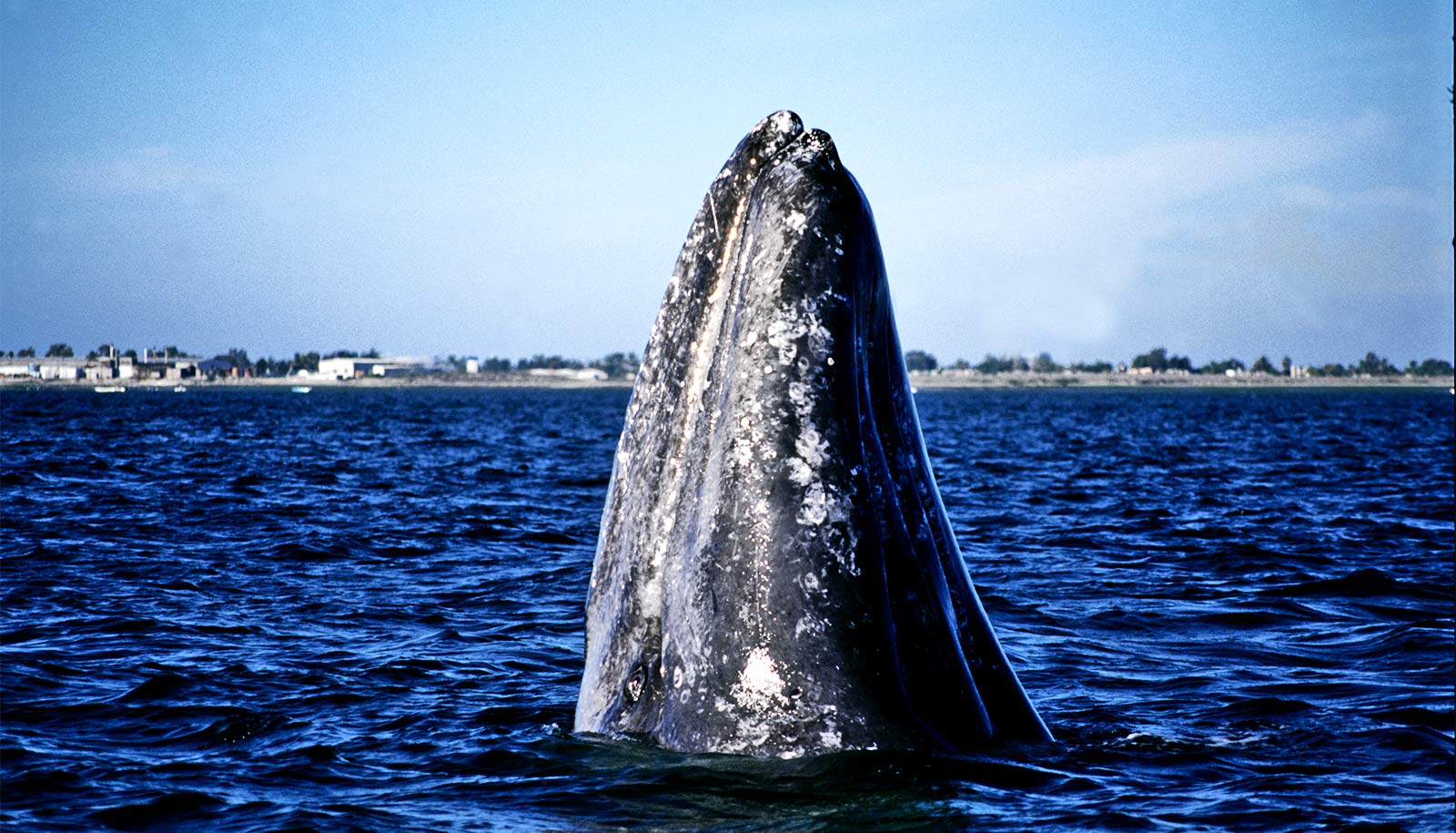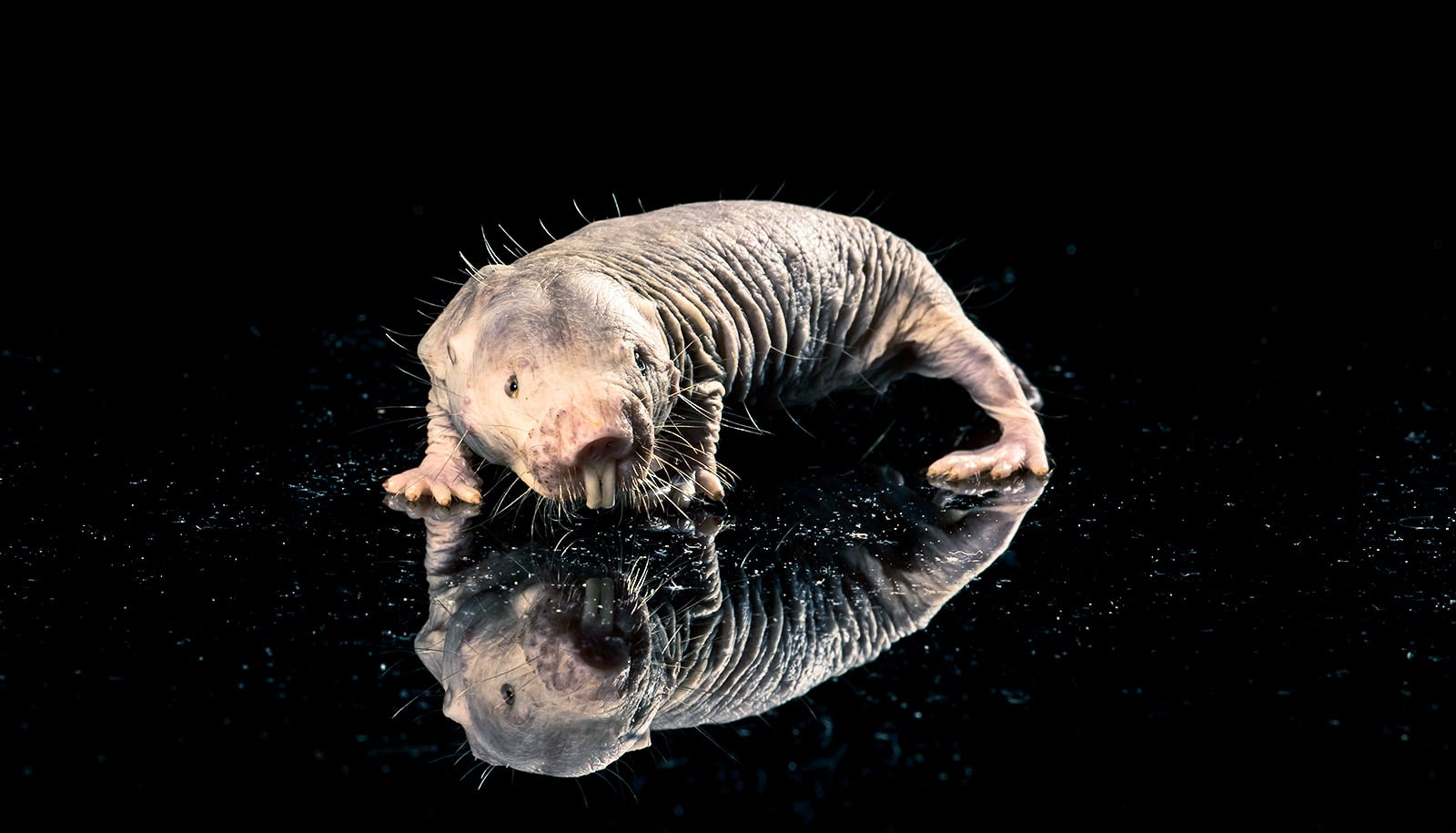Do naked mole rats set out for new territory in response to moonlight? New research suggests that theory is false.
The new study in the African Journal of Ecology considers the role of the moon in driving the solo journey of a naked mole rat from one underground colony to start a new one.
Stan Braude, professor of the practice of biology at Washington University in St. Louis, has been studying naked mole rats in the wild in eastern Africa for more than 30 years. Braude previously discovered how naked mole rats disperse—or leave their underground colony to mate with an outsider and form a new colony—by migrating above ground.
The factors driving this rare behavior are mysterious. A number of publications on other rodent species suggest that if the animals depend on vision to avoid predators, they might not be active at new moons when the sky is the darkest. But if animals, such as the naked mole rats, instead depend on hearing and smell, they would be more likely to be active at new moons, when they can avoid detection.
“We were so sure that naked mole rats would only be above ground on nights without moonlight, but the data proved us wrong. They don’t appear to entrain to moonlight at all. Our next hypothesis to test is that cues from the social environment are triggering this behavior.”
Fattening up for the journey
Naked mole rats are almost blind. They spend the majority of their lives underground in tunnels that they dig with their teeth. They live most of their lives in their natal colony as workers, helping out their mothers.
And when their time comes to leave the colony to breed, they switch from being active any time during a 24-hour cycle to being nocturnal. They put on fat and become less active in preparation for the journey they will undergo to start a new colony. A journey that requires going above ground.
The safest time for them to go above ground would be during a new moon when the night is darkest—or, at least, that was the expectation.
To find out, Braude and his team captured dispersing naked mole rats in Meru National Park, Kenya.
Naked mole rats can’t jump
They used a collection approach called a drift fence to help guide the movement of animals walking in the open field into a specific location. In this case, the drift fences led to pitfall traps containing buckets.
The idea came to Braude from work that Owen Sexton did 30 years ago to study the migration of salamanders at Tyson Research Center, the environmental field station for Washington University in St. Louis. Sexton’s group put the drift fences in the woods to study when the salamanders were migrating to the pond.
“Salamanders cannot jump. Neither can naked mole rats. If you put a small barrier in their way they have to go around it,” Braude says.
And they did. Braude and his team successfully collected nine dispersing naked mole rats using this method—an astonishing accomplishment, given the rarity of these walkabouts.
Capturing naked mole rats in the wild allowed Braude and his team to definitively conclude that naked mole rats do in fact migrate away from their natal colonies by walking above ground.
They also knew the exact dates when the nine were above ground. Now they could ask whether there is a correlation between moon phase and their presence above the ground.
The short answer was no.
“There truly is no association in either direction with the amount of light or lack of light,” Braude says.
Moonlight and babies
Dispersing naked mole rats did not avoid a full moon and did not prefer a new moon. They do not disperse according to the phases of the moon, the coauthors write.
Braude and his collaborators also used data from captive naked mole rats at the Leibniz Institute for Zoo and Wildlife Research in Berlin to consider the association between moon phase and litters born. In this facility, the animals live in a room with windows that allow in sun and moonlight.
“They had dozens of successful births and had a wealth of birthdays,” Braude continues. Some 173 litters in 23 colonies were born across every day of the lunar cycle during an 11-year period. They found no association.
“These results, although negative, gives us better insight into the dispersal. And they suggest perhaps the dispersal has more to do with the social environment that they are leaving than the physical environment that they are entering,” Braude says.


